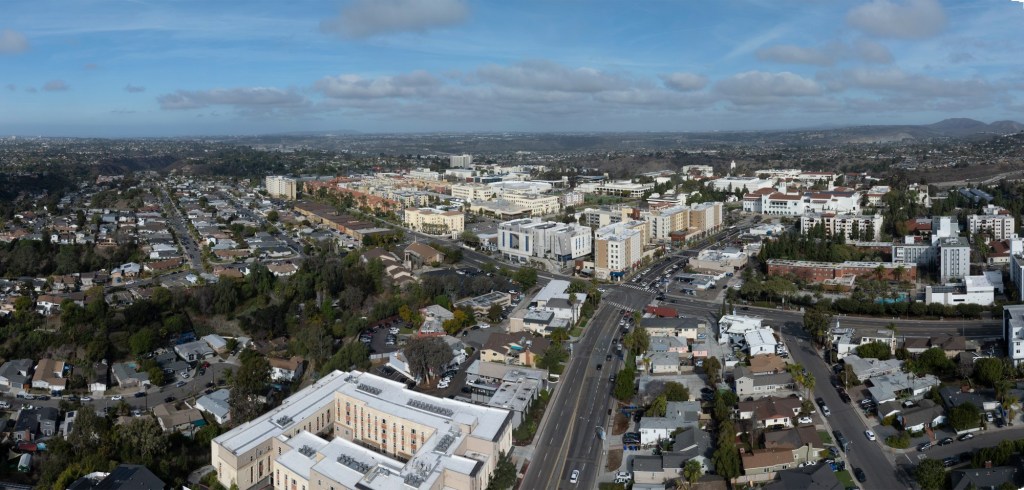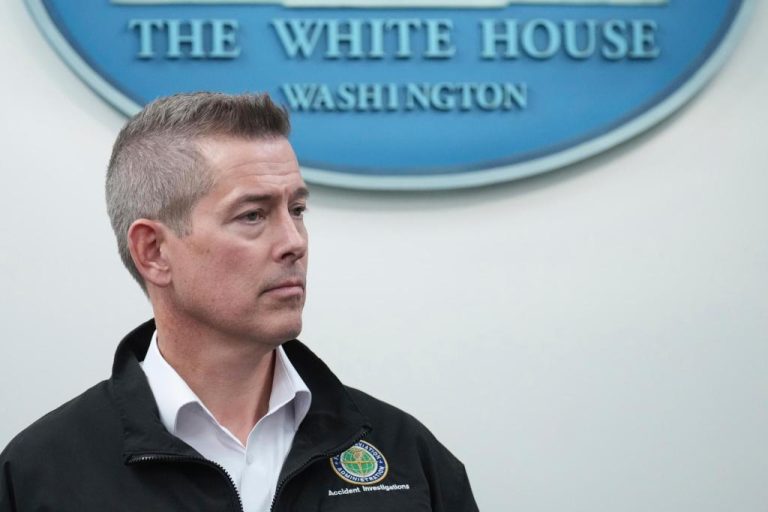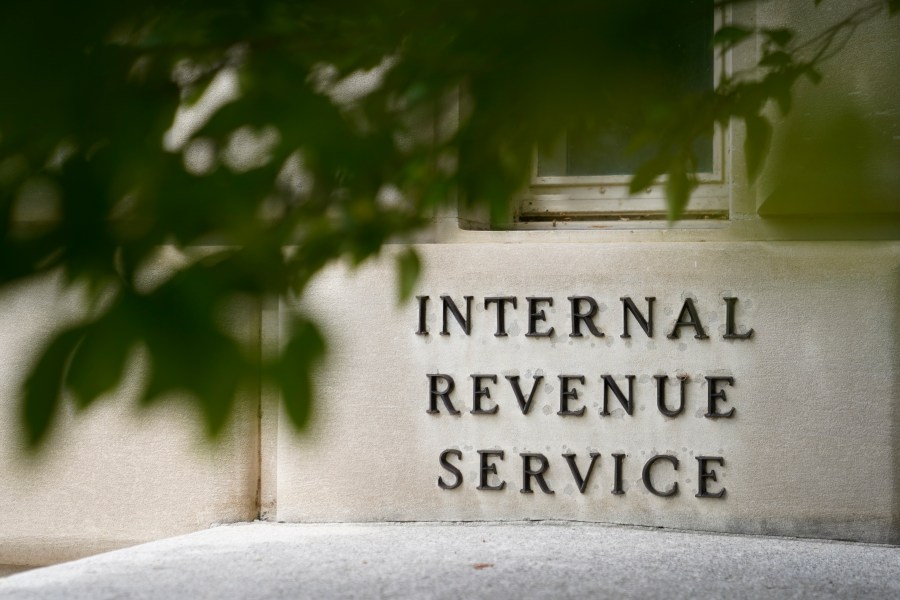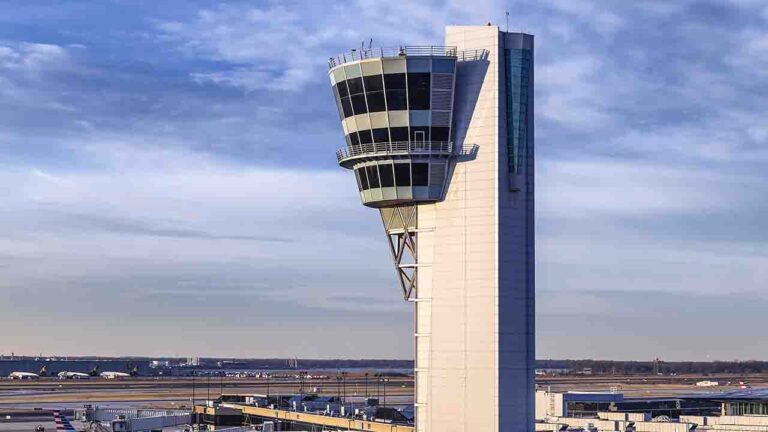
Residents and city officials are imagining what the next 30 years could bring to — and change about — San Diego’s College Area.
A vibrant campus town center could create a connection between San Diego State University and surrounding communities. A bicycle network is intended to make streets safer for cyclists and pedestrians. And a greenway along sections of Montezuma Road could provide a public space for residents to exercise and gather.
These are some of the proposed features in the latest draft of the College Area Community Plan, a long-range vision for the neighborhood that the city released last month. The plan will guide land use and urban design policies for community development for the next two to three decades.
But along with new features and amenities, city planners also anticipate that the College Area could be a key area for accommodating San Diego’s growing population, which is expected to increase from the current 1.4 million to 1.95 million by 2050, according to the San Diego Association of Governments.
The College Area, according to the plan, could see its population capacity rise to more than 87,000 and its residential home capacity rise to 35,000 by 2050.
That would be more than three times its 2022 population, and more than four times the number of homes — a steeper jump than other neighborhoods’ recent plan updates have called for. According to SANDAG, as of 2022, the College Area now has 26,591 residents and 8,107 total homes.

The city says the College Area is uniquely positioned to take on such growth because of its proximity to transit opportunities.
Community response to the plan and development has been mixed, with some residents, such as SDSU students, lamenting the need for increased housing, especially near the university.
But other neighbors decry the plan’s potential population and housing growth as unreasonable and argue that the plan lacks necessary infrastructure such as parks and public safety improvements.
“It needs to be an increase in density that can be absorbed,” says Julie Hamilton, president of the College Area Community Council. “But trying to take all the density in San Diego and put it in the College Area, and having no ability to provide the services to support that density, that’s an issue for us.”

The city’s capacity increases differ widely from SANDAG’s forecasts for the area, which project 29,092 residents and 10,326 homes by 2050. But the city has said that it considers several factors when determining future projections and notes that additional housing capacity does not automatically equal home production.
“There is existing capacity already in the Community Plan today that is not being realized which highlights that capacity does not equate to development occurring on the ground,” said Peter Kelly, the city’s planning department spokesperson, in an email. “Development typically happens incrementally over the long-term with existing urban areas based on the demand for housing.”
The College Area is one of several San Diego neighborhoods confronting the challenges of housing shortages while trying to maintain their communities’ character. Since 2008, the city has updated 15 plans and amended four to address current and future impacts of climate change and expand housing options for the growing population.
As written, the proposed College Area plan update would allow for some higher-density mixed-use development near current and planned transit corridors, such as bus routes along Montezuma Avenue and trolley stations at 70th street and the SDSU Transit Center. Medium and lower-density housing would be concentrated on more residential streets farther from these more trafficked areas and the SDSU campus.
Kelly said that providing more housing options near high-frequency transit is “a key strategy” to reaching the city’s climate action plan and general plan goals.
The College Area plan has been updated four times since it was first adopted in 1965, and the neighborhood is currently operating under a plan update from 1989.

The latest draft was released in January, and residents had until Friday to submit public comments on it. A second draft will likely be ready for review by the spring or summer and — following additional public comment — a final draft by the fall.
The College Area Community Planning Board has until March to submit its comments. But the group met last Monday to draft an official response and recommendations to the city.
They advised reducing the housing capacity increase and adding a public safety section that addresses evacuation routes — a concern that grew after a wildfire broke out near Montezuma Road last fall.
For years, members of the planning board and other community leadership groups have brought to the city their concerns about preserving the College Area’s predominantly single-family neighborhoods and having a greater voice at the planning table.
In 2020, the College Area Community Council submitted a report to the city that included a plan for the council’s “7 Visions,” which addressed housing, mobility, parks and the need for revitalized corridors such as El Cajon Boulevard with higher density and mixed-use development while protecting the single-family neighborhoods’ character.
This latest draft of the plan includes several elements of the “7 Visions” plan, residents say. But they want it to go further.
“If it was the first attempt, I would say it’s great,” said Robert Montana, a resident and chair of the College Area Community Plan Update Subcommittee. “But we were engaged in a process with them for more than a year, and my sense was that they just weren’t listening.”

Residents like Montana say they don’t oppose development in the College Area but do want it to fairly reflect the increases that other communities are being asked to take on.
Residents point out that in other communities, such as University and Mira Mesa, recently updated community plans reflect much smaller increases.
The city says that the planned housing capacity doesn’t automatically translate to what will definitively be built.
“We have to produce capacity for more because we know that a lot of property owners aren’t going to sell or redevelop their property,” Nathen Causman, the city planner, told about 40 residents who attended an online Q&A session about the plan last Thursday.
Other residents, especially university students, favor greater density in a neighborhood they say is desperate for more housing.
“(More) housing generally equals less competition and therefore lower rent,” said Kevin Balmaceda, a fourth-year SDSU student who lives in an apartment complex a mile from campus.
Balmaceda commutes to campus for class and his job at the Student Union via a shuttle provided by the complex. Though he’s graduating this year, Balmaceda says more housing near campus would have improved his college experience.
“I would have likely been able to live somewhere a bit closer to campus, where I could actually walk or bike to school every day while paying a lower price,” he said.
Trudie Levin, another graduating SDSU student, said she and her housemates began searching for an off-campus apartment about 10 months before their expected move-in date because competition for housing in the area is so fierce.

SDSU has its own on-campus housing goals as part of its campus master plan and has plans to build more housing for roughly 5,000 students in a contested project. And signs point to further expansion; last week, it was named a Research 1 school, which could bring more funding and talent to the university.
But the city says its College Area plan update does account for continued need for off-campus housing, especially through the plan’s “campus town center,” which will accommodate various housing types along with businesses.
For many other residents, the frustrations go beyond the city’s anticipated housing and population estimates, pointing to ongoing struggles to add more parking to the College-Rolando Library and what they see as a lack of parks and green space in the community plan.
The College Area currently has one neighborhood park, the 1.6-acre Montezuma Park, which the city plans to improve with new features such as a shade pavilion and children’s play areas.
And many neighbors would like to see another fire station in the community, pointing to the wildfire that broke out last fall on Montezuma Avenue.
The city says that it will continue to encourage joint land use agreements with schools so community members can share recreational space, as well as pursue agreements with private landowners and the state, such as for a watershed park on state land near Alvarado Canyon along College Avenue.
In response to concerns about fire safety, the city says that the Fire-Rescue Department is updating its report that is used to determine the needs for additional fire stations.
Other concerns and hopes for the community are more widespread. Many residents want easier access to public transportation, more robust and diverse businesses and improved safety.
Saad Asad, the advocacy and communications chair at the YIMBY Democrats of San Diego, sees the city’s proposed update as a thoughtful plan that addresses several key issues for the community, though he would like to see more housing options for varying family sizes and incomes.
But he reminds residents, especially those who are concerned about increased density, that these changes are a long time coming.
“If it does happen, it’s not going to happen next year, probably not the year after that and probably not the year after that,” he said. “It’s all a long-term change that many people will probably not see in their immediate next couple of decades.”






